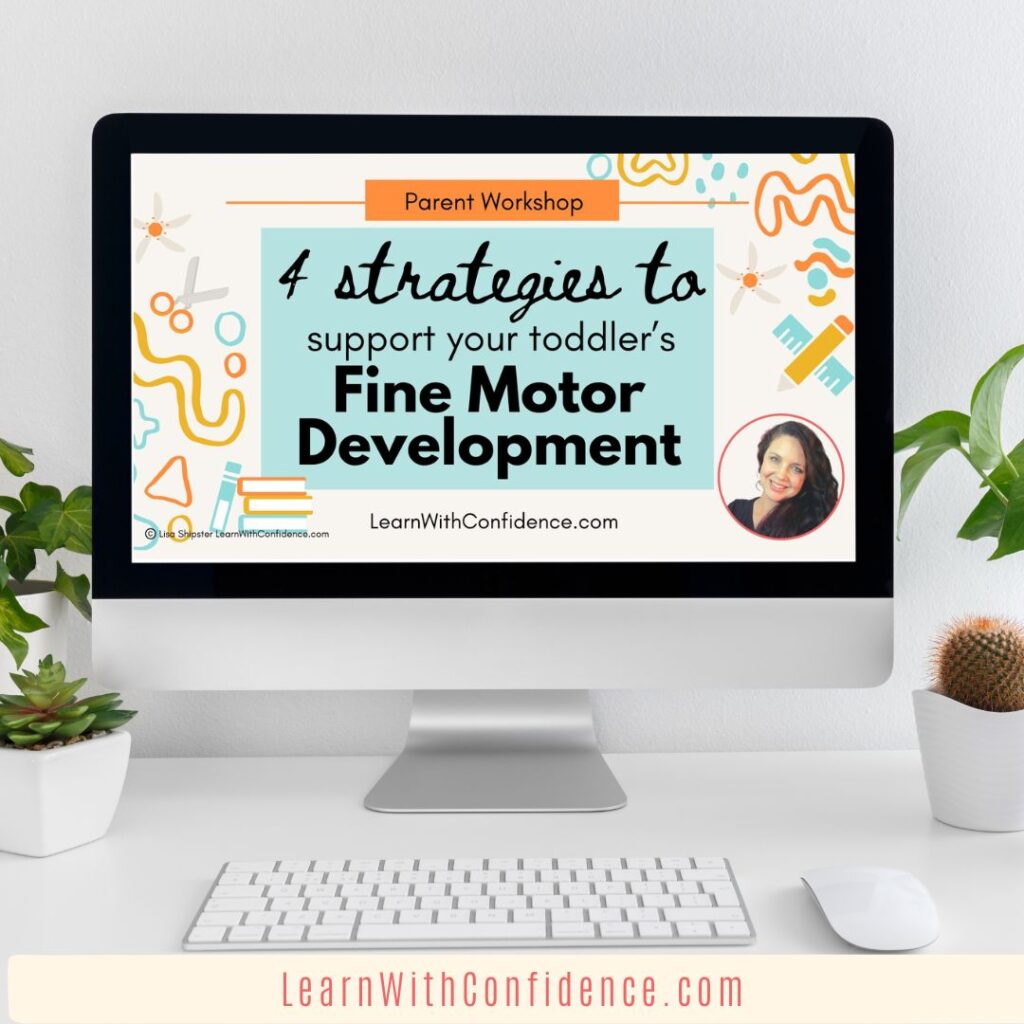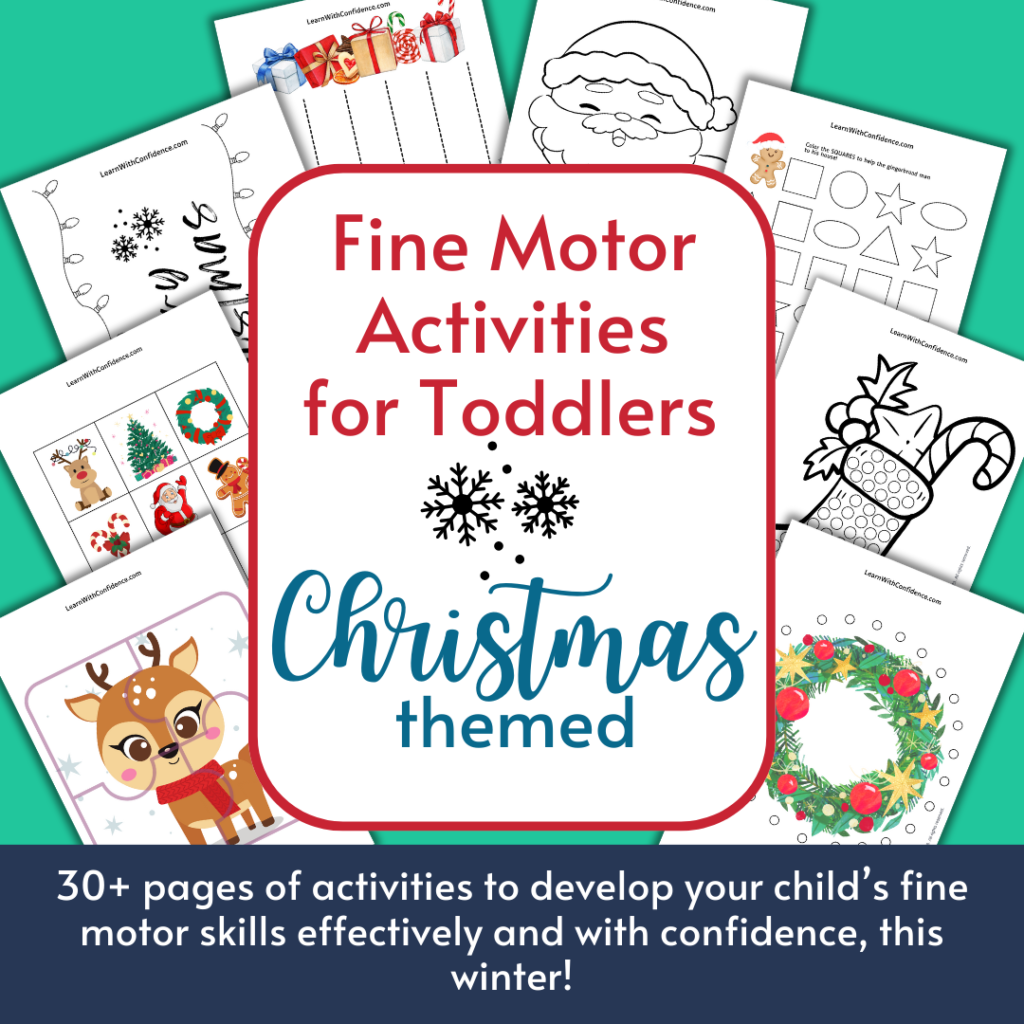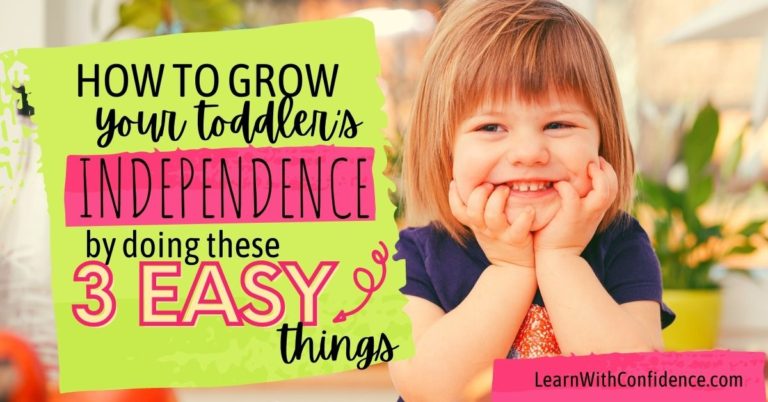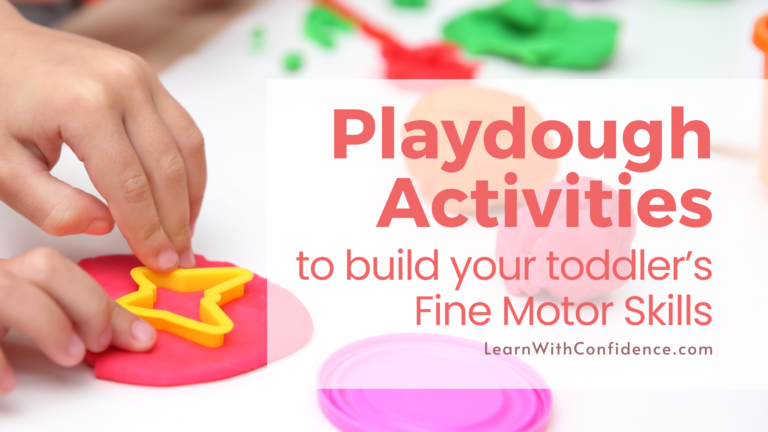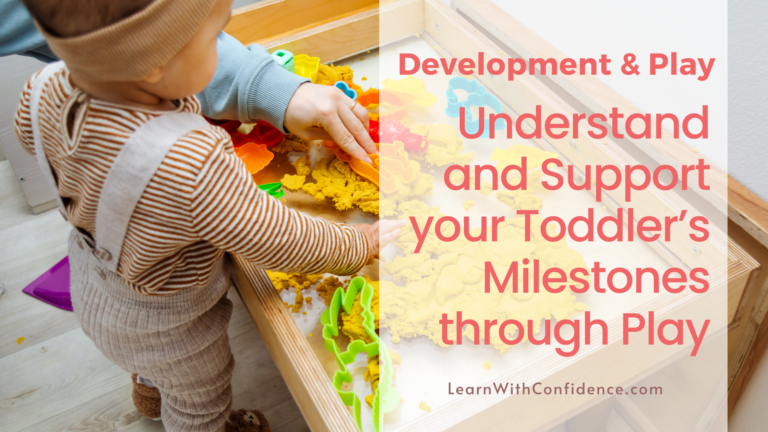Building Your Toddler’s Fine Motor Skills is about Strength and Coordination
As moms, we’re always looking for ways to support our little ones in their early years, setting them up for success in school and life. One key area to focus on during these formative years is fine motor skills. These are the small movements involving the hands, wrists, and fingers that allow your child to perform tasks like writing, buttoning a shirt, or cutting with scissors.
The good news? Building these skills can be fun and easy with the right activities. Let’s explore why strength and coordination are crucial in fine motor development and share practical activities you can do with your toddler to help them grow in this area.
The Importance of Strength and Coordination
Fine motor skills are not just about dexterity; they’re about building strength and coordination in the muscles of the hands, wrists, and fingers. These muscles need to work together in a coordinated way to perform tasks like holding a pencil, cutting with scissors, or tying shoelaces. By focusing on strengthening these muscles now, you’re laying the groundwork for your child’s future success in school and daily life.
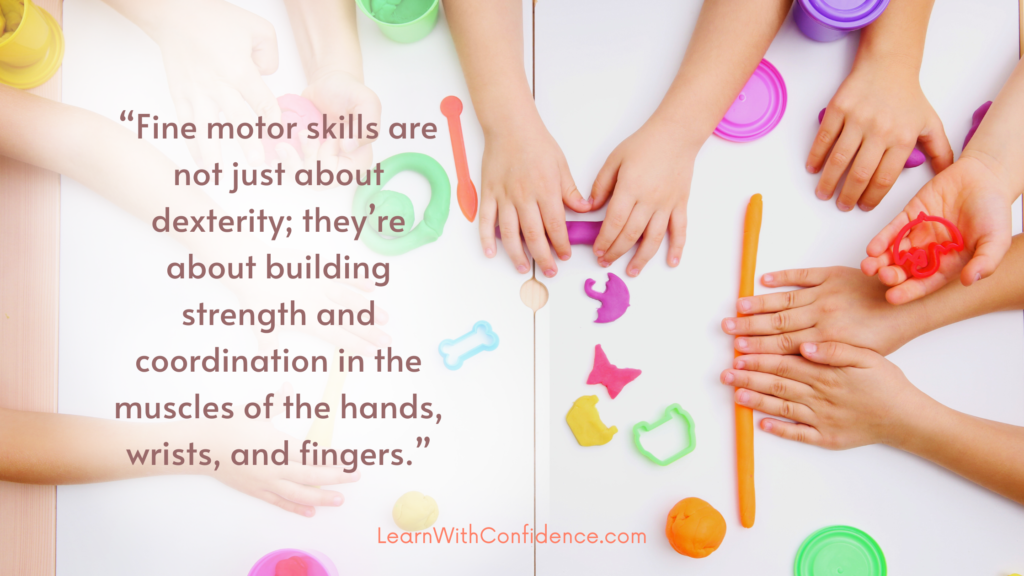
Activities for Building Strength and Coordination
Playdough Play
Playdough is more than just a fun, squishy substance for your toddler to enjoy—it’s also one of the most valuable tools for building strength in those little hand muscles. Here’s how playdough can help:
Squishing
Encourage your toddler to squish the playdough between their fingers. This helps to build the muscles in their fingers and palms.
Flattening
Have them push the playdough flat on a surface. This action strengthens their wrists and fingers.
Rolling
Rolling the playdough into a ball or with a rolling pin works on their hand-eye coordination and arm strength.
Cutting and Pressing
Let them use cookie cutters to press shapes into the dough, which refines their grip and finger strength.
Playdough play is a great way to combine creativity with muscle-building. Plus, it’s a versatile activity that can be done almost anywhere. Read more about playdough play here.
Clothes-Peg Activities
Clothes-pegs are simple yet effective tools for developing fine motor skills. Here’s how you can use them:
Pegging on Clothes
Peg a bunch of clothes-pegs onto your toddler’s shirt or even your own. Then, ask them to remove the pegs by squeezing the backs with their thumb and fingers. As they get more skilled, encourage them to use just their thumb and index finger, which is essential for a good pincer grip.
Pegging on a Table Cloth or Wash-Line
Another fun activity is to have your child peg the pegs onto the edge of a table cloth or a wash-line. This helps in building strength and precision in their grip, which is crucial for tasks like holding a pencil or using scissors.
Clothes-peg activities are great because they can be done during everyday tasks, making them a convenient way to build those important hand muscles. [Read about more ways to build fine motor skills in everyday tasks here.]
Picking Up Toys
Turning clean-up time into a learning opportunity is a win-win! Here’s how picking up toys can help:
Larger Toys
Start by having your toddler pick up larger toys like Duplo blocks or ball-pit balls and place them into a box. This helps them develop coordination and strength in their hands and arms.
Smaller Toys
As they get more adept at this, you can challenge them to pick up smaller toys or objects. You can even cut holes in a cardboard box and have them push the toys through the holes. Encourage them to use their thumb and index finger, which is great for developing a strong pincer grip.
*Important Safety Note:* Always keep a close eye on your child when they’re handling small objects, as choking hazards are everywhere, and toddlers love to explore the world by putting things in their mouths.
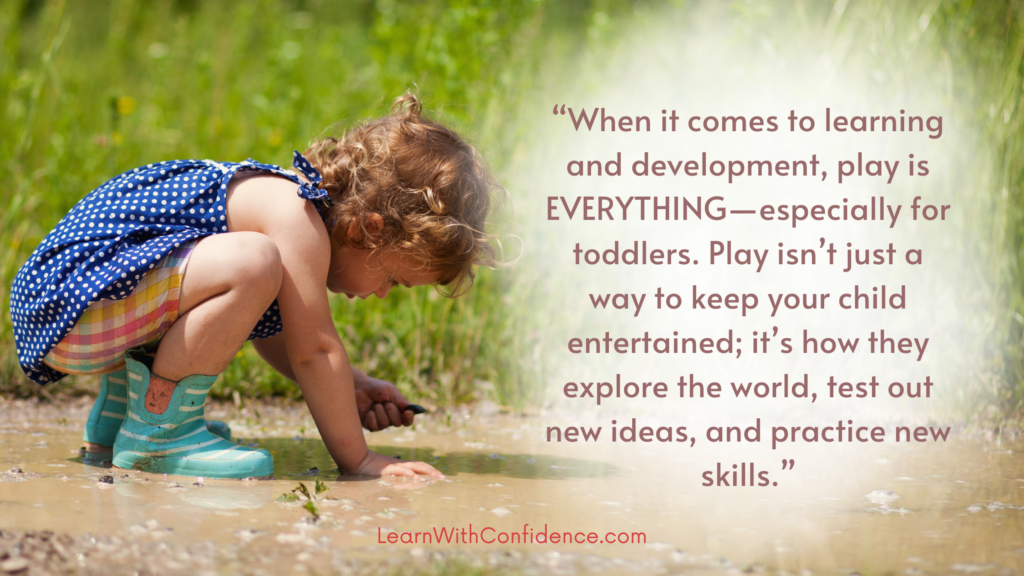
How to Plan Activities Based on Your Toddler’s Milestones
Play is Everything
When it comes to learning and development, play is EVERYTHING—especially for toddlers. Play isn’t just a way to keep your child entertained; it’s how they explore the world, test out new ideas, and practice new skills. When planning activities around the milestones your child is working on, think about how you can turn these activities into something fun and engaging.
For example, if your toddler is working on their pincer grip (the ability to pick up small objects between their thumb and index finger), introduce games that involve picking up small items like beads or pasta. Turn it into a playful challenge by seeing who can pick up the most items in a minute or by incorporating these items into a larger pretend play scenario.
Keep It Simple
Here’s some great news for all us busy moms out there: You don’t need elaborate toys or activities to effectively support your toddler’s development. In fact, simplicity often works best. Choose a few straightforward activities each day that are easy to prepare and set up, with minimal clean-up afterward. The key is consistency, not complexity.
For instance, if your toddler is learning to use a spoon, let them practice during meal times and also during play. You can give them a bowl of dried rice or pasta and a spoon, letting them practice scooping and transferring from one bowl to another. This not only reinforces the skill but also keeps them entertained with a sensory activity.
Match Activities to Milestones
Understanding what milestones your toddler is currently working on allows you to tailor activities that directly support those skills. Here are some examples:
Learning to Drink from a Cup (1-2 Years Old)
If your toddler is learning to drink from a cup, incorporate cups into their playtime. Have them pour water from one container to another using different-sized cups. This not only helps with their coordination but also familiarizes them with the concept of using a cup.
Building Towers (2-3 Years Old)
If your toddler is mastering the art of stacking and building, provide plenty of opportunities for them to do just that. Wooden blocks, cups, plates, and tubs of various shapes and sizes are perfect for building towers. Encourage them to explore different combinations and see how high they can stack their creations.
Tailoring your child’s activities to their milestones often requires a bit of creativity and out-of-the-box thinking. But it doesn’t need to be complicated. Often, the simplest activities are the most effective.
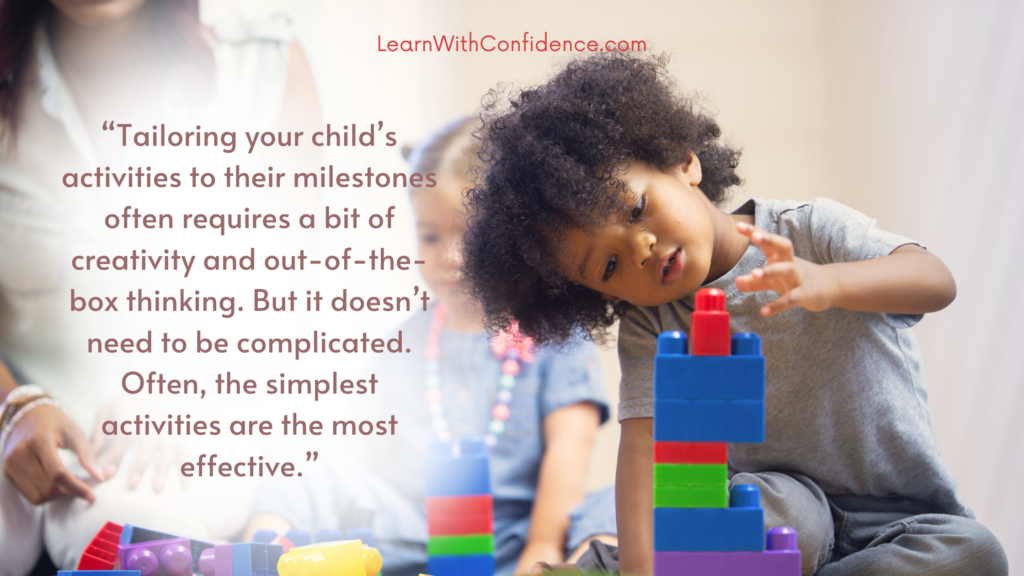
Make daily activities purposeful and fun
Building fine motor skills in your toddler is all about making daily activities purposeful and fun. By focusing on strength and coordination through playdough, clothes-peg activities, and picking up toys, you’re setting your child up for success in school and beyond.
Remember, every small step your toddler takes today is a big leap toward their future independence. So, get creative, have fun, and enjoy these precious moments of learning together!
Ready to Learn More about Supporting your Child’s Fine Motor Development?
Here are some more awesome Fine Motor Resources I think you’ll love!
Connect with me
Have you got a new way to play with your child while you have fun developing their fine motor skills – drop a comment to let us know!
Feel free to reach out in the comments or send me an email to connect. It’s my mission to equip and empower you to help your child succeed – you are, after all, the best person for that job, because you are the expert on your child.

